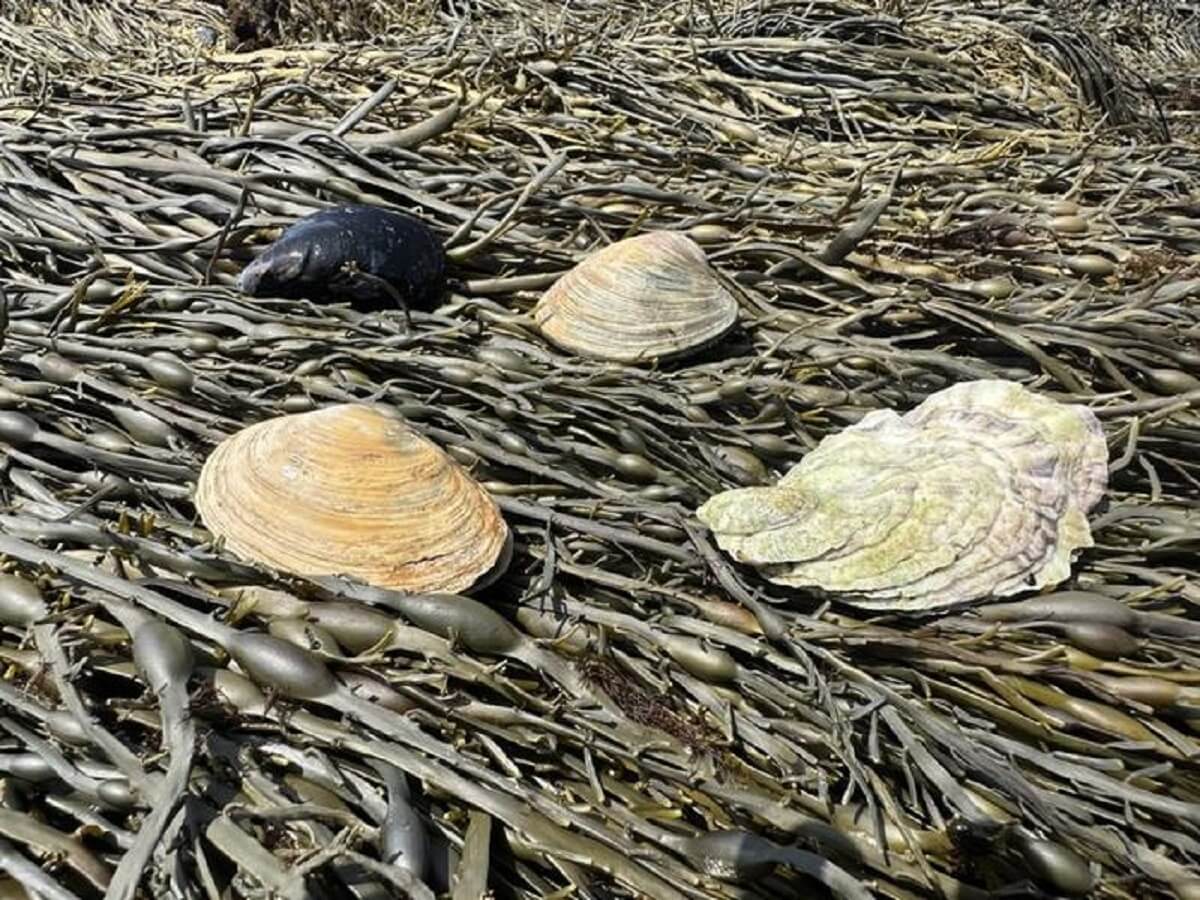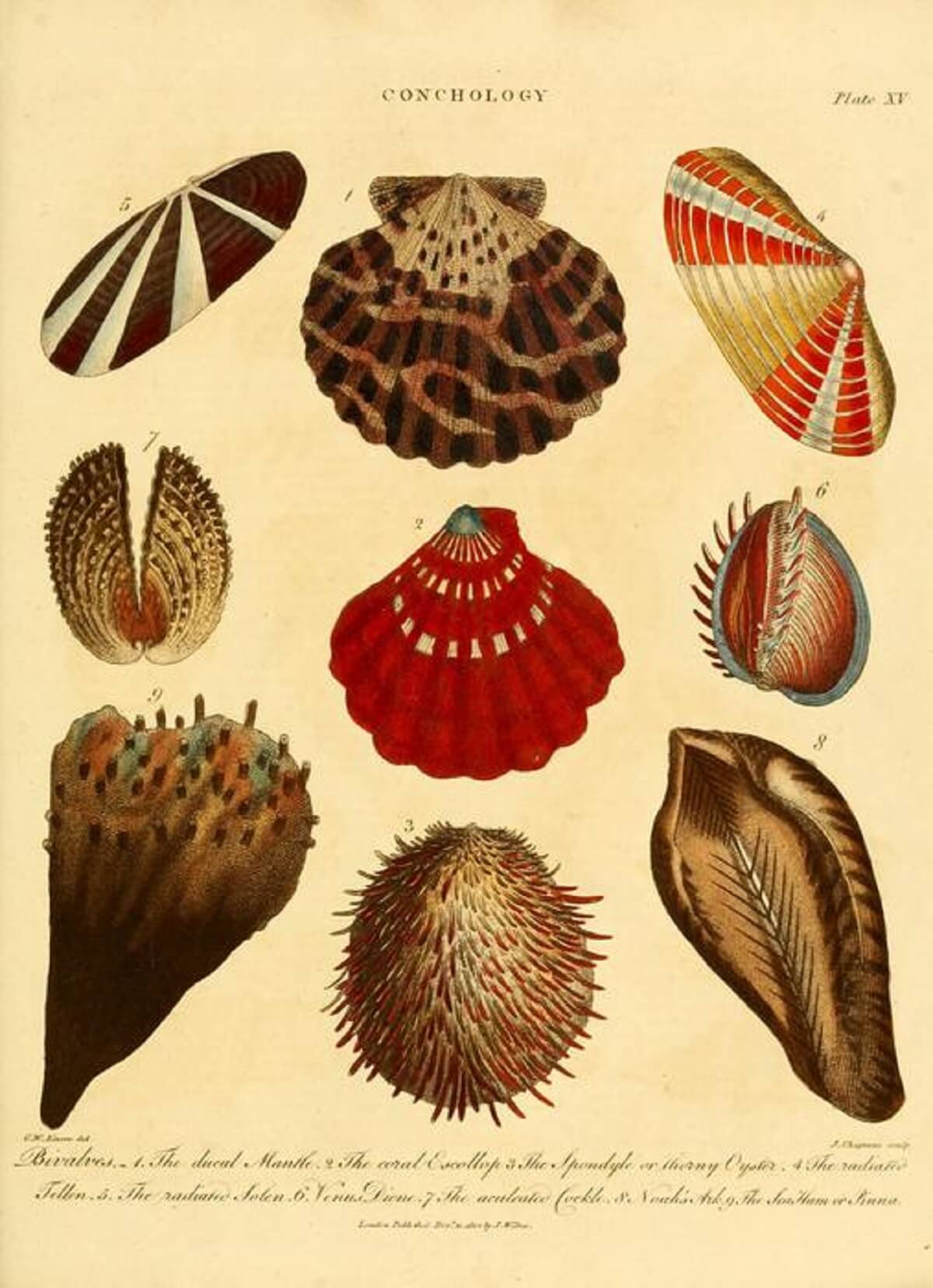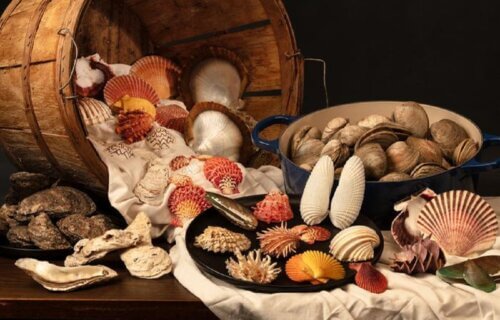WASHINGTON — Will seafood always be on the menu, or are these creatures likely to go extinct in our lifetime? For the first time, researchers have cataloged over 800 shellfish species that humans harvest, a list that could aid in future conservation. However, a collaborative team of British and American scientists has highlighted areas like the east Atlantic, and the northeast and southeast Pacific, as “special concern” zones, urging enhanced management and conservation efforts.
The study details that humans utilize 801 bivalve species — aquatic mollusks with hinged shells — including clams, oysters, mussels, and scallops. The researchers examined these bivalves, finding that their adaptability across diverse climates and temperature ranges makes them naturally resilient against extinction.
“We’re fortunate that the species we eat also tend to be more resistant to extinction,” says Dr. Stewart Edie, the curator of fossil bivalves at the Smithsonian Museum of Natural History, in a media release. “But humans can transform the environment in the geologic blink of an eye, and we have to sustainably manage these species so they are available for generations that will come after us.”

Bivalve mollusks have sustained human diets for millennia and even served as building materials for ancient civilizations. For instance, in Estero Bay, Florida, the Calusa tribe once sustainably harvested billions of oysters, using their shells to construct monumental mounds.
“It is somewhat ironic that some of the traits that make bivalve species less vulnerable to extinction also make them far more attractive as a food source, being larger, and found in shallower waters in a wider geographical area,” says Dr. Shan Huang, a macro-ecologist at the University of Birmingham. “The human effect, therefore, can disproportionately remove the strong species.”
Conversely, history showcases episodes of bivalve overexploitation, especially by European colonizers and commercial fisheries. Such unsustainable practices have decimated oyster populations in various global locations, from Chesapeake Bay to Botany Bay in Australia.
Recognizing the absence of a comprehensive species list, Dr. Edie and colleagues amassed data on bivalves harvested by humans.

The research reveals that people often target bivalves that are large, thrive in shallow waters, span broad geographic areas, and can endure diverse temperatures. Remarkably, the latter two traits also render most harvested bivalves resistant to extinction.
The researchers anticipate their data will influence conservation and management decisions. Their list could spotlight species needing further extinction risk assessments.
“We want to use what we learned from this study to identify any bivalves that are being harvested that we don’t already know about,” explains Dr. Edie. “To manage bivalve populations effectively, we need to have a full picture of what species people are harvesting.”
This research is a cornerstone of the Smithsonian’s Ocean Science Center, striving to share oceanic insights with scientists, policymakers, and the public. It also aligns with the Smithsonian’s Life on a Sustainable Planet initiative, a robust endeavor addressing environmental conservation and climate change solutions.
The study is published in the journal Nature Communications.
South West News Service writer James Gamble contributed to this report.

